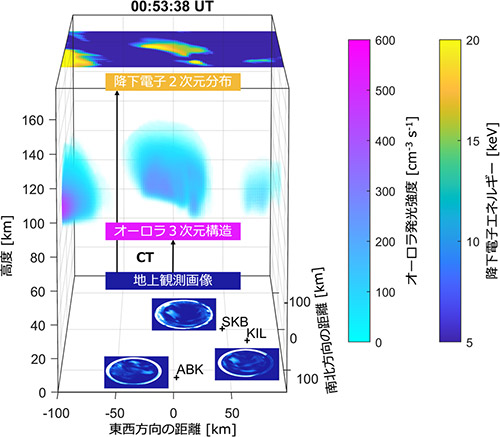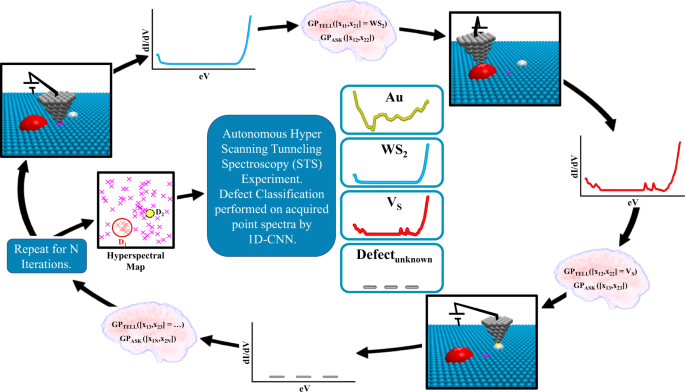歩くことで圧力を送り出す空気圧ロボットで、障がい者支援に貢献 Walking feeds pressure to pneumatic robots that could help those with disabilities
2022-08-25 ライス大学
試作された「アーム」は、使用していないときは体に密着しているが、作動すると外側に伸び、表面にエラストマーの裏地が組み込まれており、滑りやすいものでもグリップ力を維持できるようになっている。
このシステムには、ウォーキングシューズの靴底に埋め込まれて空気圧を採取する繊維製ポンプと、その圧力を必要な場所で利用する空気圧アクチュエータの2つのコンポーネントが必要です。ポンプは、オープンセルのポリウレタンフォームで満たされており、足を踏み入れるたびに形状を復元することができる。
この装置は3ワット相当の電力を20%以上の変換効率で発生し、ライスのオッシュマン工学デザインキッチンの学生が設計したものを含む、電磁気、圧電、摩擦電気方式の足の打撃エネルギー採取方法を容易に凌駕することがわかった。
<関連情報>
- https://news.rice.edu/news/2022/powering-arm-air-could-be-mighty-handy
- https://www.science.org/doi/10.1126/sciadv.abo2418
ウェアラブルテキスタイルを用いた空気圧エネルギーハーベスティングシステムによるアシストロボットの実現 A wearable textile-based pneumatic energy harvesting system for assistive robotics
Rachel A. Shveda,Anoop Rajappan,Te Faye Yap ,Zhen Liu ,Marquise D. Bell ,Barclay Jumet ,Vanessa Sanchez
Science Advances Published:24 Aug 2022
DOI: 10.1126/sciadv.abo2418

Abstract
Wearable assistive, rehabilitative, and augmentative devices currently require bulky power supplies, often making these tools more of a burden than an asset. This work introduces a soft, low-profile, textile-based pneumatic energy harvesting system that extracts power directly from the foot strike of a user during walking. Energy is harvested with a textile pump integrated into the insole of the user’s shoe and stored in a wearable textile bladder to operate pneumatic actuators on demand, with system performance optimized based on a mechano-fluidic model. The system recovered a maximum average power of nearly 3 W with over 20% conversion efficiency—outperforming electromagnetic, piezoelectric, and triboelectric alternatives—and was used to power a wearable arm-lift device that assists shoulder motion and a supernumerary robotic arm, demonstrating its capability as a lightweight, low-cost, and comfortable solution to support adults with upper body functional limitations in activities of daily living.



